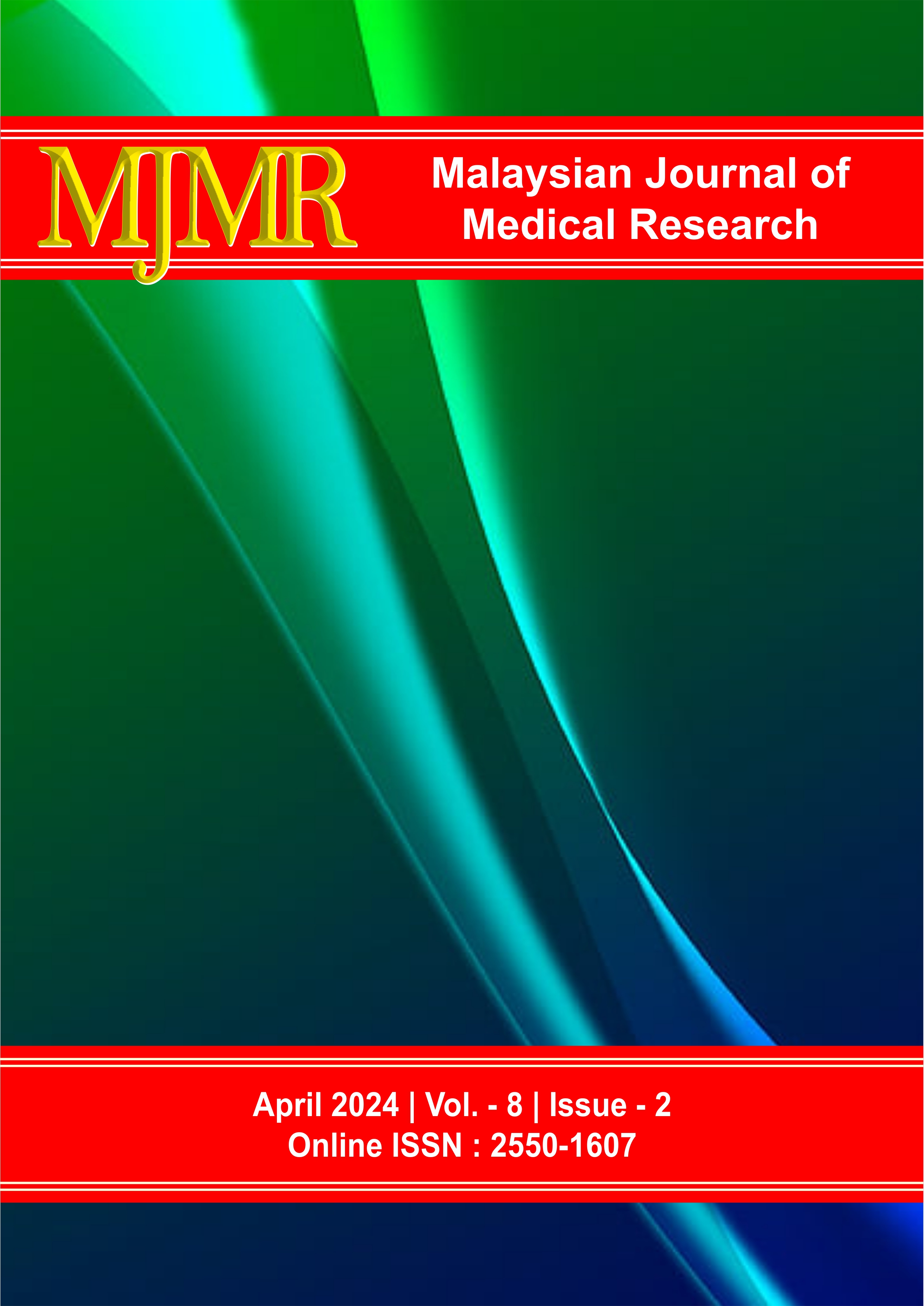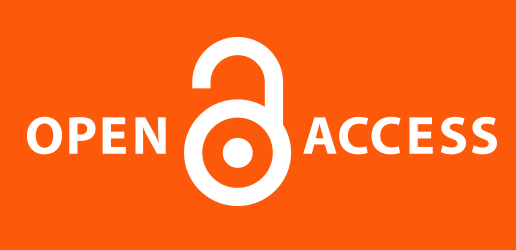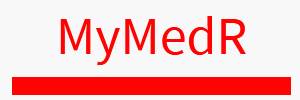A Quality Improvement Method on Improving the Safe Procedural & Analgesia Service in the Emergency Medicine Setting
DOI:
https://doi.org/10.31674/mjmr.2024.v08i02.004Abstract
Introduction: Procedural sedation and analgesia are common procedures in the emergency department, performed almost daily on a large cohort of patients. Despite their frequency, safety profiles have been a concern due to sentinel cases of complications leading to adverse outcomes. Consequently, the term "safe procedural sedation and analgesia" has been adopted to emphasize safety as a crucial component of the procedure. Methods: To ensure a robust safety profile, we implemented the mnemonic BACSACS, providing a guided protocol for procedural sedation and analgesia. This mnemonic was designed to enhance safety and standardize the procedure. Results: Data from the implementation of the BACSACS protocol were analyzed to assess its effectiveness and impact on patient outcomes. Conclusion: The use of the BACSACS mnemonic in procedural sedation and analgesia helped instil a safety-focused approach. Data analysis confirmed its effectiveness, demonstrating improved safety profiles and positive patient outcomes.
Keywords:
Emergency Medicine, Safe Procedural Sedation and Analgesia, Quality ImprovementDownloads
References
Couloures, K. G., Anderson, M. P., Hill Jr, C. L., Chen, A., & Buckmaster, M. A. (2022). Creation of a Pediatric Sedation Risk Assessment Scoring System: A Novel Method to Stratify Risk. Journal of Pediatric Intensive Care, 13(2), 201-208. https://doi.org/10.1055/s-0042-1745831
Hara, T., Ozawa, A., Shibutani, K., Tsujino, K., Miyauchi, Y., Kawano, T., ... & Working Group for the Preparation of Practical Guidelines for Safe Sedation, Safety Committee of the Japanese Society of Anesthesiologists. (2023). Practical guide for safe sedation. Journal of Anesthesia, 37(3), 340-356. https://doi.org/10.1007/s00540-023-03177-5
Homma, Y., Norii, T., Kanazawa, T., Hoshino, A., Arino, S., Takase, H., ... & Japan Society of Procedural Sedation and Analgesia. (2020). A mini‐review of procedural sedation and analgesia in the emergency department. Acute Medicine & Surgery, 7(1), e574. https://doi.org/10.1002/ams2.574
Lew, M. W., Pozhitkov, A., Rossi, L., Raytis, J., & Kidambi, T. (2023). Machine Learning Algorithm to Perform the American Society of Anesthesiologists Physical Status Classification. Cureus, 15(10). https://doi.org/10.7759%2Fcureus.47155
Li, G., Walco, J. P., Mueller, D. A., Wanderer, J. P., & Freundlich, R. E. (2021). Reliability of the ASA physical status classification system in predicting surgical morbidity: a retrospective analysis. Journal of Medical Systems, 45, 1-8. https://doi.org/10.1007/s10916-021-01758-z
Raffay, V., Fišer, Z., Samara, E., Magounaki, K., Chatzis, D., Mavrovounis, G., ... & Pantazopoulos, I. (2020). Challenges in procedural sedation and analgesia in the emergency department. Journal of Emergency and Critical Care Medicine, 4. https://doi.org/10.21037/jeccm-19-212
Sahyoun, C., Cantais, A., Gervaix, A., Bressan, S., Löllgen, R., & Krauss, B. (2021). Pediatric procedural sedation and analgesia in the emergency department: surveying the current European practice. European Journal of Pediatrics, 180, 1799-1813. https://doi.org/10.1007/s00431-021-03980-w
Shimizu, H., Homma, Y., Norii, T., & Sedation, J. P. (2021). Incidence of adverse events among elderly vs non-elderly patients during procedural sedation and analgesia with propofol. The American Journal of Emergency Medicine, 44, 411-414. https://doi.org/10.1016/j.ajem.2020.04.094
van Schaik, E. P., Blankman, P., Van Klei, W. A., Knape, H. J., Vaessen, P. H., Braithwaite, S. A., ... & Schellekens, W. J. M. (2021). Hypoxemia during procedural sedation in adult patients: a retrospective observational study. Canadian Journal of Anaesthesia, 68(9), 1349. https://doi.org/10.1007%2Fs12630-021-01992-6
Published
How to Cite
Issue
Section
License
Copyright (c) 2024 Malaysian Journal of Medical Research (MJMR)

This work is licensed under a Creative Commons Attribution-NonCommercial-NoDerivatives 4.0 International License.























